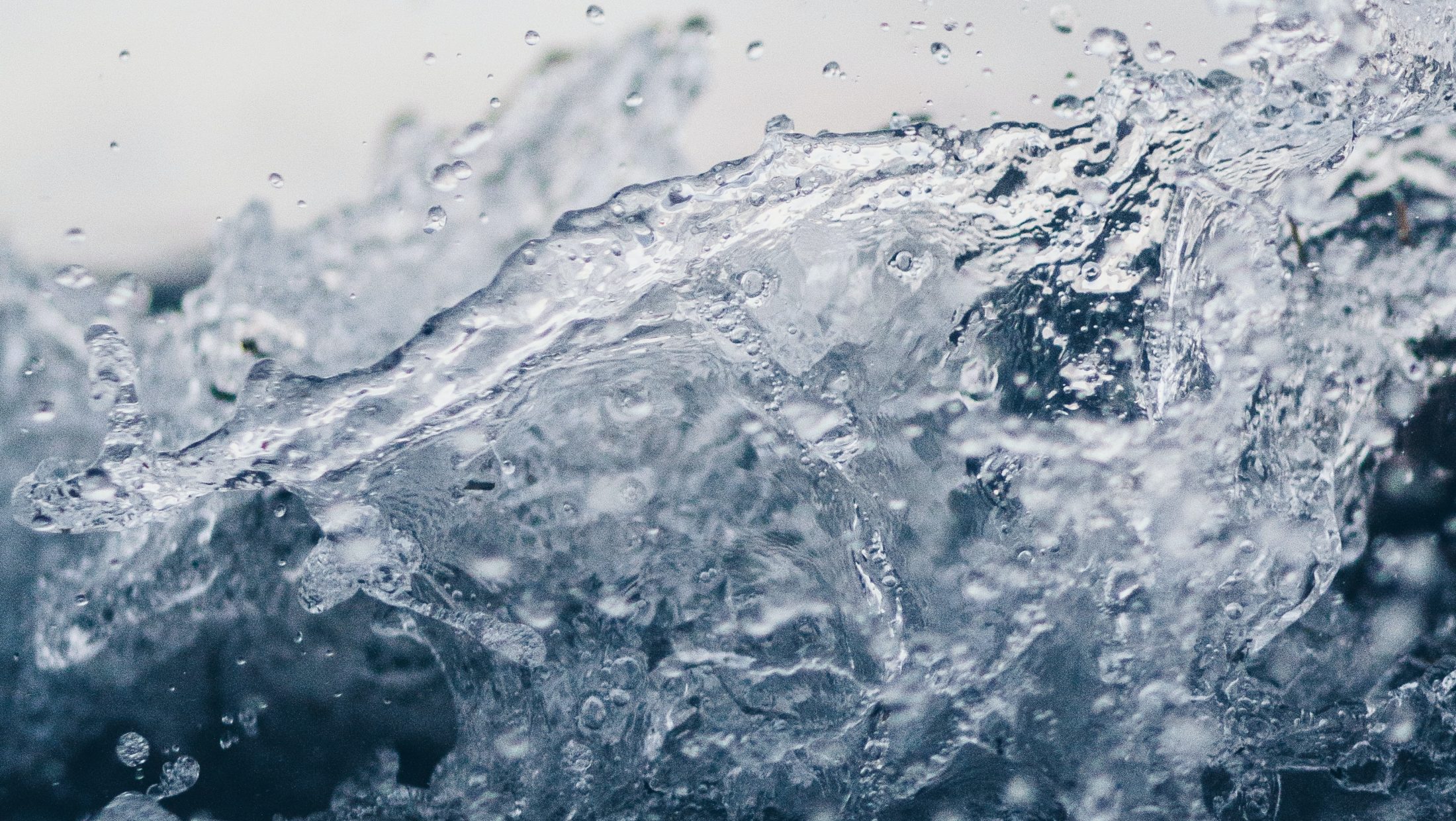The correct use of water

Only 0.03 per cent of the world’s water supply is suitable for drinking and should not be wasted.
Here are a few tips and tricks to ensure that our water stays as good as it is!
Use of rainwater and industrial water:
Rainwater absorbs numerous contaminations through the air and when it hits our roofs. There are regular calls to use this water for flushing toilets, watering gardens and also for cleaning laundry. We say: Using rainwater is not sensible because…